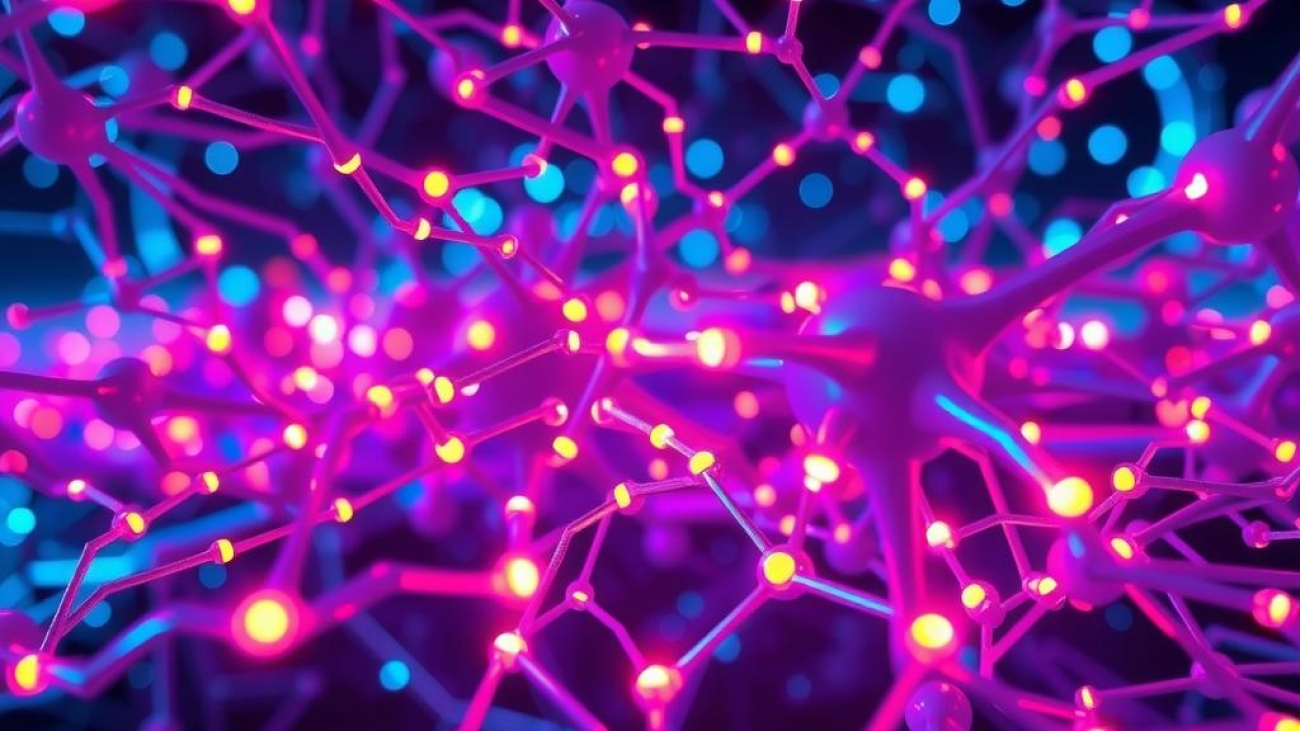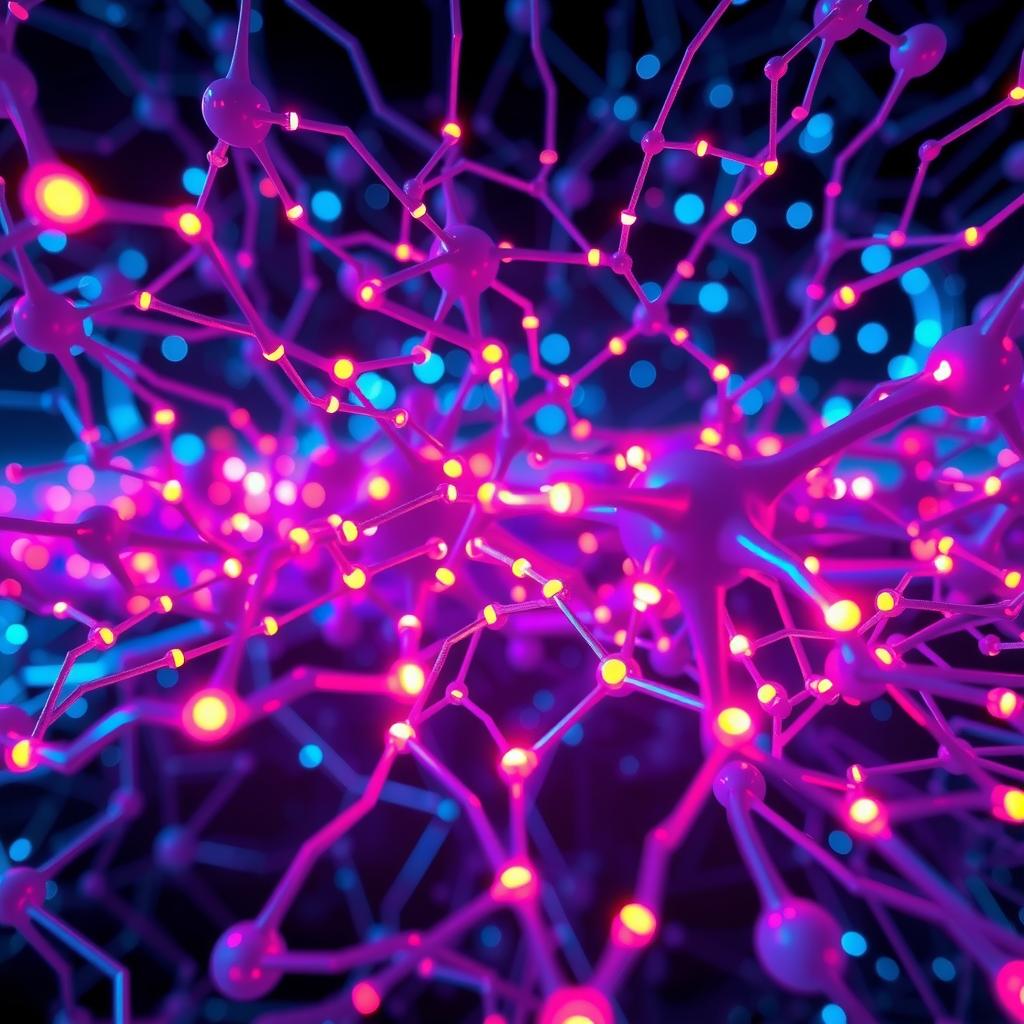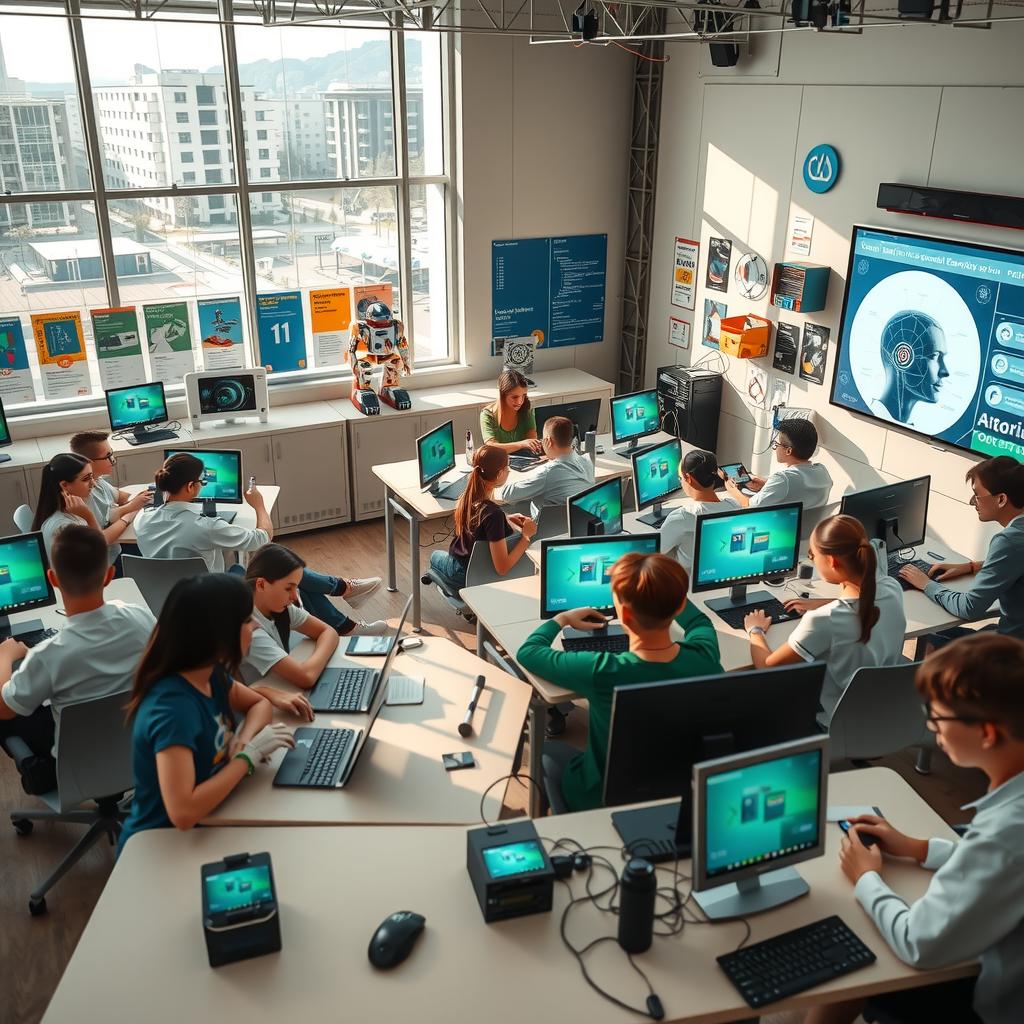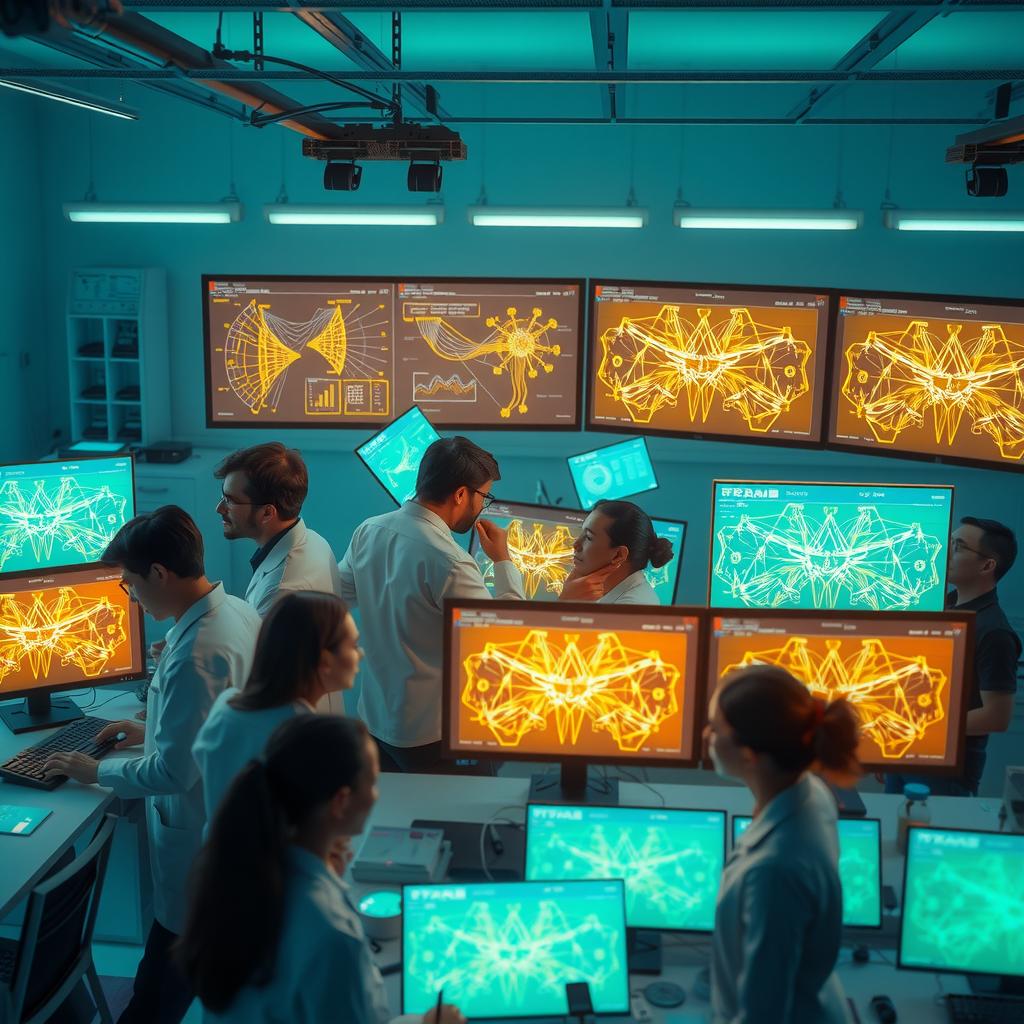In the realm of predictive analytics, Time Series Forecasting with LSTM Networks has emerged as a powerful approach for analyzing sequential data. As organizations increasingly rely on accurate predictions to drive decision-making and strategy, the demand for sophisticated techniques in time series forecasting continues to grow. Traditional methods often fall short when it comes to capturing complex patterns within time-dependent data; however, Long Short-Term Memory (LSTM) networks offer a robust solution by leveraging their unique architecture designed specifically for handling sequences. By employing LSTM networks, businesses can gain deeper insights into trends and anomalies that are crucial for applications ranging from stock price forecasting to inventory management.
The foundation of Time Series Forecasting with LSTM Networks lies in its ability to learn from historical data while retaining information over long periods. This capability makes LSTM an ideal choice for tasks involving sequential dependencies where past observations significantly influence future outcomes. In contrast to conventional models that may overlook these nuances, building an LSTM model allows practitioners to capture intricate relationships inherent within datasets, such as seasonality and cyclic behavior. Furthermore, training an LSTM model involves optimizing weights through backpropagation through time (BPTT), ensuring that each layer of the neural network effectively contributes to making accurate predictions.
As industries explore various predictive modeling techniques, they find themselves at a crossroads between traditional statistical approaches and advanced machine learning frameworks like neural networks for forecasting. The flexibility and scalability offered by Time Series Forecasting with LSTM Networks make it particularly appealing across diverse sectors including finance, healthcare, and retail—each requiring tailored solutions capable of addressing specific challenges associated with their respective datasets. For instance, in the domain of stock price forecasting, applying this technology enables analysts not only to interpret market fluctuations but also predict potential future movements based on historical trends.
Moreover, implementing time series prediction using LSTMs entails meticulous preparation of input features along with proper hyperparameter tuning—a process that can greatly enhance predictive performance when executed correctly. With advancements in computational power alongside accessible libraries like TensorFlow and Keras simplifying implementation processes further still fosters widespread adoption among both novices and seasoned experts alike seeking reliable forecasts without extensive overheads or complexities typically associated with classic methodologies.
In summary, integrating cutting-edge technologies encapsulated within products like Time Series Forecasting with LSTM Networks heralds significant transformations across various fields aiming towards achieving more precise forecasts efficiently while navigating vast amounts of temporal data seamlessly—truly revolutionizing how organizations anticipate futures built upon solid analytical foundations.

Key points:
-
Overview of Long Short-Term Memory Networks
The Time Series Forecasting with LSTM Networks product elucidates the fundamentals of LSTM networks, a powerful variant of recurrent neural networks designed to capture dependencies in time series data effectively. These networks excel at handling sequential data, making them particularly suitable for tasks involving time series prediction. By leveraging their unique architecture, which includes memory cells and gating mechanisms, they mitigate issues related to vanishing gradients that often plague traditional neural network architectures. -
Building and Training an LSTM Model for Stock Price Forecasting
A crucial component highlighted in the Time Series Forecasting with LSTM Networks is the step-by-step guidance on building an LSTM model specifically tailored for stock price forecasting. This section emphasizes best practices in preparing datasets, selecting appropriate features, and configuring hyperparameters essential for optimizing model performance. Readers are equipped with knowledge on designing robust training processes that enhance predictive accuracy while minimizing overfitting. -
Advanced Techniques in Time Series Prediction Using Neural Networks
The comprehensive nature of the Time Series Forecasting with LSTM Networks also covers advanced strategies pertaining to various predictive modeling techniques within time series analysis. It discusses methods such as regularization and dropout to improve generalization when training the LSTM model. Furthermore, readers gain insights into fine-tuning these models using historical stock data to achieve more reliable outcomes in real-world applications of time series forecasting, solidifying their understanding of long short-term memory’s role within this domain.

The Evolution of Time Series Analysis
Harnessing LSTM Networks for Enhanced Predictive Accuracy
The realm of time series forecasting has undergone a significant transformation with the advent of LSTM networks. Long short-term memory networks, a specialized type of recurrent neural network (RNN), have proven to be exceptionally adept at capturing the temporal dependencies inherent in sequential data. Unlike traditional statistical methods, which often struggle with non-linear patterns and long-range dependencies, Time Series Forecasting with LSTM Networks enables practitioners to build sophisticated models that effectively learn from historical data while considering both recent trends and distant past influences. By utilizing gates within their architecture, LSTMs can selectively retain or forget information over varying time intervals, making them particularly suitable for tasks such as stock price forecasting where market conditions can shift dramatically over time.
The application of Time Series Forecasting with LSTM Networks is vast and diverse, encompassing fields ranging from finance to climate science. In stock price forecasting specifically, these models excel at identifying complex patterns that simpler predictive modeling techniques may overlook. For example, an investor seeking insights into future equity prices could leverage an LSTM model trained on years’ worth of historical trading data—encompassing daily closing prices alongside relevant market indicators—to generate predictions about future movements. This capability not only enhances the accuracy of forecasts but also provides investors with a more nuanced understanding of potential volatility and risk factors associated with their investments.
Building Robust Models for Accurate Predictions
The Process Behind Training LSTM Networks
Building an effective LSTM model involves several critical steps that ensure optimal performance in time series prediction tasks. Initially, it requires careful preprocessing of input data; this includes normalization to bring all features onto a similar scale as well as defining appropriate sequences based on historical observations. Once this groundwork is set, training the model becomes paramount—it involves adjusting weights through backpropagation while minimizing loss functions tailored specifically for regression problems related to time series forecasting. As part of this process, practitioners must also choose hyperparameters wisely; decisions around layers’ depth or neuron counts directly influence how well the model captures intricate temporal relationships.
In practice, successful implementation hinges upon iterative refinement through validation techniques such as cross-validation and grid search methods aimed at tuning hyperparameters effectively within reasonable computational limits. Moreover, researchers are increasingly exploring ensemble approaches that integrate multiple trained models—this amalgamation can further boost predictive capabilities by mitigating individual biases inherent in single-model outputs when applied across diverse datasets encountered during real-world applications like weather pattern analysis or sales forecasting scenarios using advanced neural networks for forecasting methodologies available today under initiatives like Time Series Forecasting with LSTM Networks.

The Architecture of LSTM Networks
Exploring the Intricacies of Long Short-Term Memory
Long Short-Term Memory (LSTM) networks are a specialized type of recurrent neural network (RNN) designed to effectively handle sequential data, making them particularly powerful for tasks such as time series forecasting. The architecture of an LSTM includes memory cells, input gates, output gates, and forget gates that enable it to maintain long-term dependencies while mitigating the vanishing gradient problem common in standard RNNs. This structure allows LSTMs to selectively remember or forget information over extended sequences—an essential capability when dealing with complex datasets like stock prices or weather patterns. In practice, building an LSTM model involves defining these layers meticulously so they can process sequential inputs more efficiently than traditional approaches. For instance, when applying predictive modeling techniques for stock price forecasting using historical data, LSTMs excel by learning intricate patterns that unfold over time.
The ability to capture temporal dynamics makes Time Series Forecasting with LSTM Networks not only effective but also versatile across various domains including finance and resource management. Unlike simpler models that may assume independence between observations at different times, LSTMs take into account past states through their unique gating mechanisms which control the flow of information. This results in enhanced performance on benchmarks where understanding context is crucial; for example, predicting future stock trends based on previous market activity requires a nuanced approach that regular feed-forward networks cannot provide adequately. Moreover, training an LSTM model is facilitated by advanced optimization algorithms tailored specifically for deep learning contexts—thus fostering quicker convergence rates during training sessions compared to older methodologies.
Advantages in Handling Sequential Data
Why Choose LSTMs Over Traditional Methods?
One significant advantage of utilizing LSTM networks lies in their inherent design tailored for handling sequential data effectively—a critical requirement for accurate time series prediction. These networks possess memory capabilities allowing them to retain relevant information from earlier time steps while discarding noise or irrelevant fluctuations within the dataset being analyzed. As a result, this configuration becomes invaluable when performing tasks such as weather forecasting where recent temperatures significantly influence future predictions yet must be weighed against broader climatic trends captured over longer intervals.
Moreover, integrating Time Series Forecasting with LSTM Networks opens up new horizons in terms of accuracy and reliability due to their capacity for nonlinear function approximation—a trait less pronounced in linear models typically employed before advances were made within machine learning frameworks. Additionally, researchers have found success using these architectures across diverse applications ranging from natural language processing challenges involving text sequences to complex financial analyses aimed at optimizing investment strategies through precise stock price forecasts based on detected patterns gleaned from extensive historical records.
Ultimately introducing innovations associated with building and training an LSTM model signifies how far predictive analytics has come; previously arduous tasks now become manageable endeavors yielding actionable insights much faster than conventional statistical methods could ever achieve alone.
Building an LSTM Model for Stock Price Forecasting
A Comprehensive Approach to Predicting Market Trends
In the realm of financial analytics, time series forecasting has emerged as a pivotal technique for investors seeking to predict stock price movements. The integration of LSTM networks, or Long Short-Term Memory networks, into predictive modeling techniques has revolutionized how analysts approach this complex task. These neural networks are particularly adept at capturing temporal dependencies within sequential data, making them ideal for tackling the challenges associated with stock price forecasting. In this context, developing and training an effective LSTM model requires a systematic approach that encompasses several key steps.
The first phase in building an LSTM model involves gathering and preprocessing historical stock data. This dataset typically includes features such as opening prices, closing prices, high/low values, and trading volume over time. Properly cleaning the data—by handling missing values and normalizing numerical scales—is crucial since it directly affects the performance of the subsequent neural networks for forecasting. Once preprocessed, the next step is to structure this data into sequences that can be ingested by LSTM networks; each input sequence should correspond to a specific prediction horizon.
Training an LSTM model entails defining its architecture by determining parameters such as number of layers and units per layer—a critical aspect when tailoring it specifically for financial predictions like time series prediction. After establishing these configurations through trial-and-error or hyperparameter tuning methodologies, one can utilize frameworks like TensorFlow or Keras to train their network effectively. During training sessions on historical datasets using backpropagation through time (BPTT), practitioners need to monitor metrics such as Mean Squared Error (MSE) or Root Mean Square Error (RMSE) which indicate how well their predictions align with actual outcomes.
Moreover, once trained adequately on past stock performance data via methods detailed in resources like Time Series Forecasting with LSTM Networks, practitioners must validate their models against unseen test datasets before deploying them in real-time scenarios. This validation process ensures that overfitting does not occur—wherein models perform exceedingly well on training sets but fail during live market conditions due to lack of generalization capabilities stemming from learned noise rather than meaningful patterns.
Finally, after successful validation stages have been completed—accompanied by continuous monitoring—the constructed model may be employed actively in predicting future trends within chosen stocks or indices based on incoming daily information feeds. By harnessing these advanced techniques encapsulated within comprehensive guides like Time Series Forecasting with LSTM Networks, analysts position themselves better equipped toward making informed investment decisions amidst volatile market environments shaped by countless external factors influencing pricing dynamics across different sectors.
Frequently Asked Questions
Q: What are LSTM networks and why are they important for time series forecasting?
A: LSTM networks, or Long Short-Term Memory networks, are a specialized type of recurrent neural network (RNN) designed to learn from sequences of data. They play a crucial role in time series forecasting due to their ability to capture long-term dependencies within the data. This characteristic makes them particularly effective for tasks such as stock price forecasting, where historical trends can significantly influence future predictions. The product Time Series Forecasting with LSTM Networks emphasizes the importance of these neural networks in creating accurate predictive models by leveraging their advanced architecture.
Q: How does one go about building an LSTM model for stock price forecasting?
A: Building an LSTM model involves several key steps that begin with preparing the dataset for training. In the context of Time Series Forecasting with LSTM Networks, practitioners must preprocess the historical stock prices, ensuring that they are structured appropriately for input into the model. Following this, users can define and compile their LSTM architecture before fitting it to the prepared data. This process is essential in developing robust models capable of delivering precise time series predictions. Effective implementation requires understanding both the mechanics of building an LSTM model and optimizing its parameters through training.
Q: What considerations should be taken into account when training an LSTM model?
A: When training an LSTM model, several factors need careful consideration to enhance performance and accuracy in predictive modeling techniques. Key aspects include selecting appropriate hyperparameters like learning rate, batch size, and number of epochs while also avoiding overfitting through techniques such as dropout layers or early stopping criteria during training phases. Additionally, evaluating different loss functions suited for regression tasks is vital when implementing strategies outlined in Time Series Forecasting with LSTM Networks. Properly addressing these considerations will lead to more reliable results in applications like stock price forecasting using neural networks tailored specifically for sequential data analysis.






































